Mozambique: Consensus reached on minimum wages
SADC recognises key role of Mozambique Transport Corridors

Port Technology International (File photo) / Beira port
The Southern African Development Community (SADC) on Wednesday recognised the role played by Mozambique, ever since the creation of the regional body, in the promotion of development corridors.
The SADC Executive Secretary, Stergomena Lawrence Tax, expressed this recognition during Mozambican President Filipe Nyusi’s visit to the SADC headquarters in Gaborone, at the end of his state visit to Botswana.
Tax said that the development corridors, particularly the Maputo Corridor in the south, have been making an enormous contribution to the circulation of people and goods. This impact had been driven by the introduction of an Integrated Electronic Payment System in SADC, an initiative which has helped reduce transaction costs.
The system, known by the acronym SIRESS, is intended to facilitate cross border trade in the SADC region. Tax said that with the new system, goods are cleared in just 24 hours, rather than up to seven days as happened in the past.
The SADC director for finance, investments and customs, Sadwick Mtonakuthe, also stressed Mozambique’s key role in regional transport, noting that in the early years of the organisation Mozambique had successfully coordinated the transport and communications sectors.
“SADC’s current strategy of corridors was also formulated in this period, and the Mozambican government showed exemplary leadership in the corridors and in spatial development initiatives, as strategic instruments for regional development and integration”, said Mtonakuthe.
The corridors radiate out from Mozambique’s main ports of Maputo, Beira and Nacala, providing access to international markets to countries of the hinterland such as Zimbabwe, Zambia, Malawi and the Democratic Republic of the Congo.
“Very recently these corridors benefited the region by operating as vital routes for the transport of grain in response to the declaration of a regional disaster made by SADC”, added Mtonakuthe, referring to last year’s major drought across much of the SADC region.
He also touched on the SADC energy deficit. Recently demand for electricity has grown at 3.2 per cent a year, and in mid-2016 the region experienced a deficit of 5,583 megawatts. The SADC member states have recently concluded projects that can generate 3,932 megawatts. Mozambique’s vast hydropower potential is still largely untapped: but the construction of new dams and power station depends on finding firm clients who pledge to buy the electricity. The logical customer is the South African electricity company ESKOM, but for years ESKOM has shown little interest in investing in new power sources outside of South Africa.


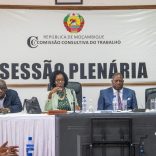
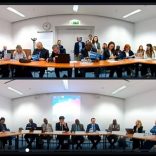

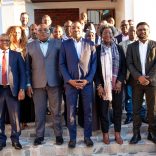
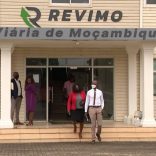

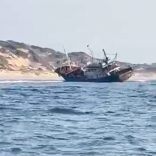
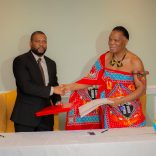
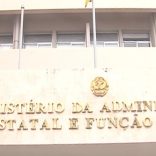
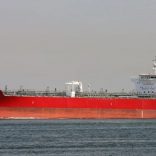

Leave a Reply
Be the First to Comment!
You must be logged in to post a comment.
You must be logged in to post a comment.